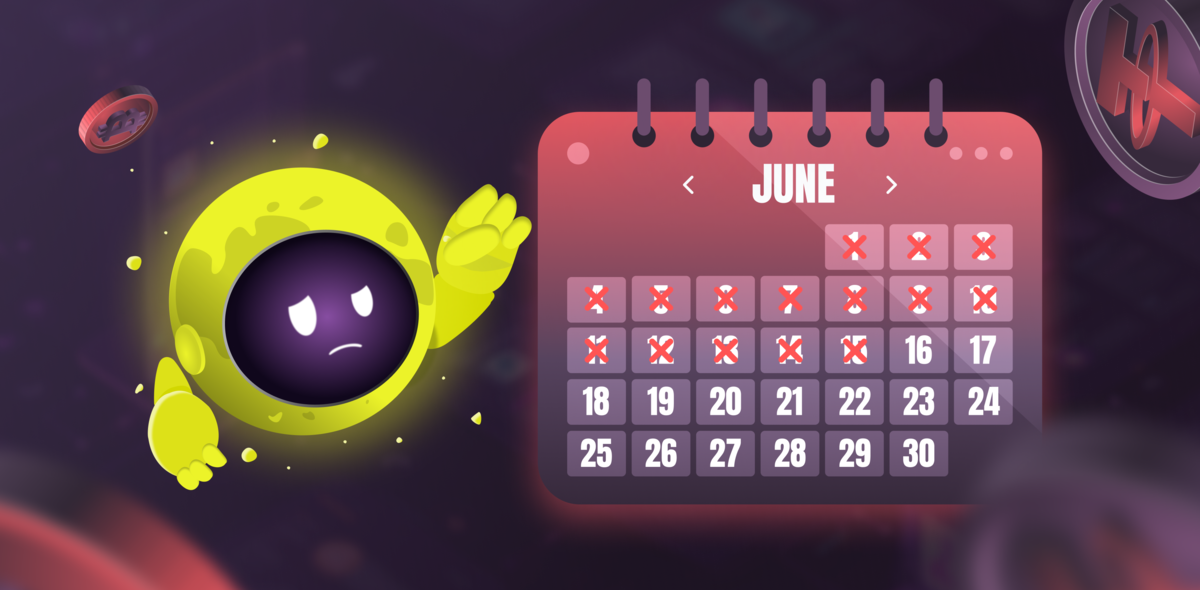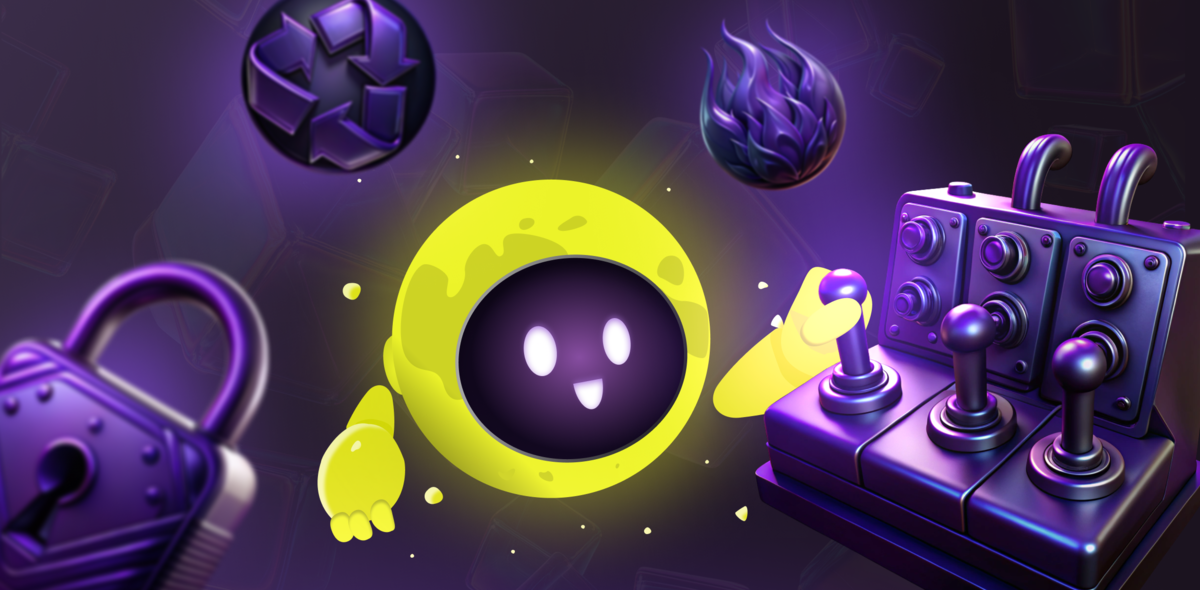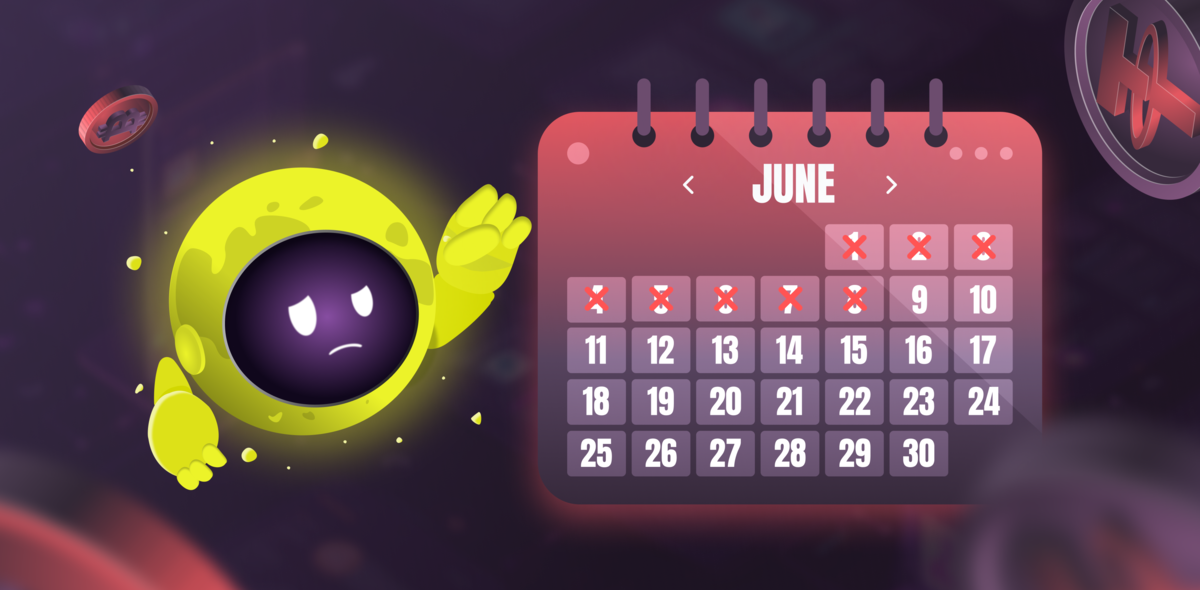
Shiba Inu (SHIB), a popular meme coin, has garnered significant attention not only for its vibrant community but also for its unique deflationary mechanism: token burns. By continuously reducing its circulating supply, Shiba Inu aims to create scarcity and drive long-term value. In this article, we’ll explore how the Shiba Inu burn mechanism works, its impact on the ecosystem, and the future outlook for SHIB holders.
What is a Token burn mechanism?
A token burn mechanism refers to the permanent removal of a certain amount of cryptocurrency tokens from circulation, reducing the total supply. The concept is similar to a company buying back shares, except that, in the crypto world, these tokens are "burned" by sending them to an irrecoverable address, often called a dead wallet. This mechanism helps create scarcity, which can positively influence the token’s price by reducing available supply. It is used by many projects, including Shiba Inu (SHIB).
What is the Shiba Inu burn rate?
The Shiba Inu burn rate represents the pace at which SHIB tokens are permanently removed from circulation. As of October 7, 2024, Shiba Inu experienced a huge surge in its burn rate, with a 544.55% increase, sending 5,166,319 SHIB to dead wallets. This recent uptick highlights the evolving dynamics of the SHIB ecosystem, which is directly influenced by how many tokens are burned over a given period. Shibburn, a dedicated tracking platform, monitors these transactions and provides insights into the rate of SHIB coin burning.
What is the purpose of burning Shiba Inu tokens?
The main goal of burning Shiba Inu tokens is to create deflation by reducing the total supply. By decreasing the circulating supply, the community hopes to increase the value of each remaining token, potentially leading to price appreciation over time.
For SHIB holders and the broader ecosystem, this mechanism is seen as a strategic tool to counteract the large initial token supply and help support long-term growth. Ultimately, the Shiba Inu burn strategy is designed to reward long-term holders by creating scarcity.
How does the Shiba Inu token burn mechanism work?
The Shiba Inu token burn mechanism works by sending SHIB tokens to a dead wallet, where they are permanently locked and cannot be accessed or used. These burns are often community-driven but can also occur through automatic mechanisms built into the project. Token holders can participate by manually sending SHIB tokens to a designated burn wallet, effectively contributing to reducing the total supply. This is commonly referred to as "how to burn Shiba Inu coin," and anyone in the community can participate in this decentralized process.
In 2024, Shibburn became a key platform for monitoring these burns, helping to track how much of the supply has been removed. As of the latest data, a total of 410,730,860,954,467 SHIB has been burned, leaving 583,515,635,336,416 SHIB in circulation.
Impact of Shiba Inu coin burn rate on SHIB ecosystem
The burn rate directly impacts the broader SHIB ecosystem by influencing the balance between supply and demand. A higher burn rate typically coincides with reduced supply, potentially resulting in upward price movements. For instance, the recent surge in SHIB burn, along with a 6.64% price increase, suggests that market participants may be reacting positively to the deflationary nature of the token.
Although the actual number of SHIB burned can fluctuate, even mild burns contribute to shaping the long-term outlook for the token’s value. While it is challenging to predict exact price movements, the consistent reduction in supply is viewed as a positive factor that may lead to gradual price appreciation, provided demand remains steady or increases.
The road ahead for Shiba Inu
Looking ahead, the Shiba Inu project remains committed to its burn strategy as a fundamental aspect of its long-term vision. With a community-driven approach and a growing ecosystem, the deflationary effect of continued burns will likely play a critical role in determining the future value of SHIB. As the burn mechanism becomes more widely adopted and potentially integrated into various aspects of the Shiba Inu ecosystem, the burn rate could accelerate, further reducing the circulating supply.
Frequently Asked Questions
In this section, we address some of the most common questions surrounding the Shiba Inu burn rate and its impact on the SHIB ecosystem. Whether you're new to SHIB or a seasoned holder, these answers will provide clarity on the burn process and its significance.
What is Shiba Inu burn rate?
The Shiba Inu burn rate refers to the rate at which SHIB tokens are removed from circulation by sending them to dead wallets. The goal is to reduce the token supply and potentially increase its price.
How to burn Shiba Inu coin?
Shiba Inu holders can burn their tokens by sending them to a designated dead wallet, permanently removing them from circulation.
What is the purpose of burning SHIB tokens?
The purpose of burning SHIB tokens is to reduce the total supply, thereby creating scarcity and potentially increasing the token’s value over time.
Where can I track Shiba Inu burns?
The Shibburn platform tracks the burn rate and total SHIB burned, providing real-time data on how many tokens have been removed from circulation.
Conclusion
The Shiba Inu burn rate is a crucial factor in the ongoing evolution of the SHIB ecosystem. With a deflationary mechanism in place, the community-driven initiative to burn tokens has shown signs of positively influencing price trends. As SHIB continues to burn tokens and reduce its supply, its long-term growth potential remains closely tied to this strategy. While the process is gradual, the continued focus on reducing supply could ultimately help SHIB achieve its goals of sustainable price appreciation.




